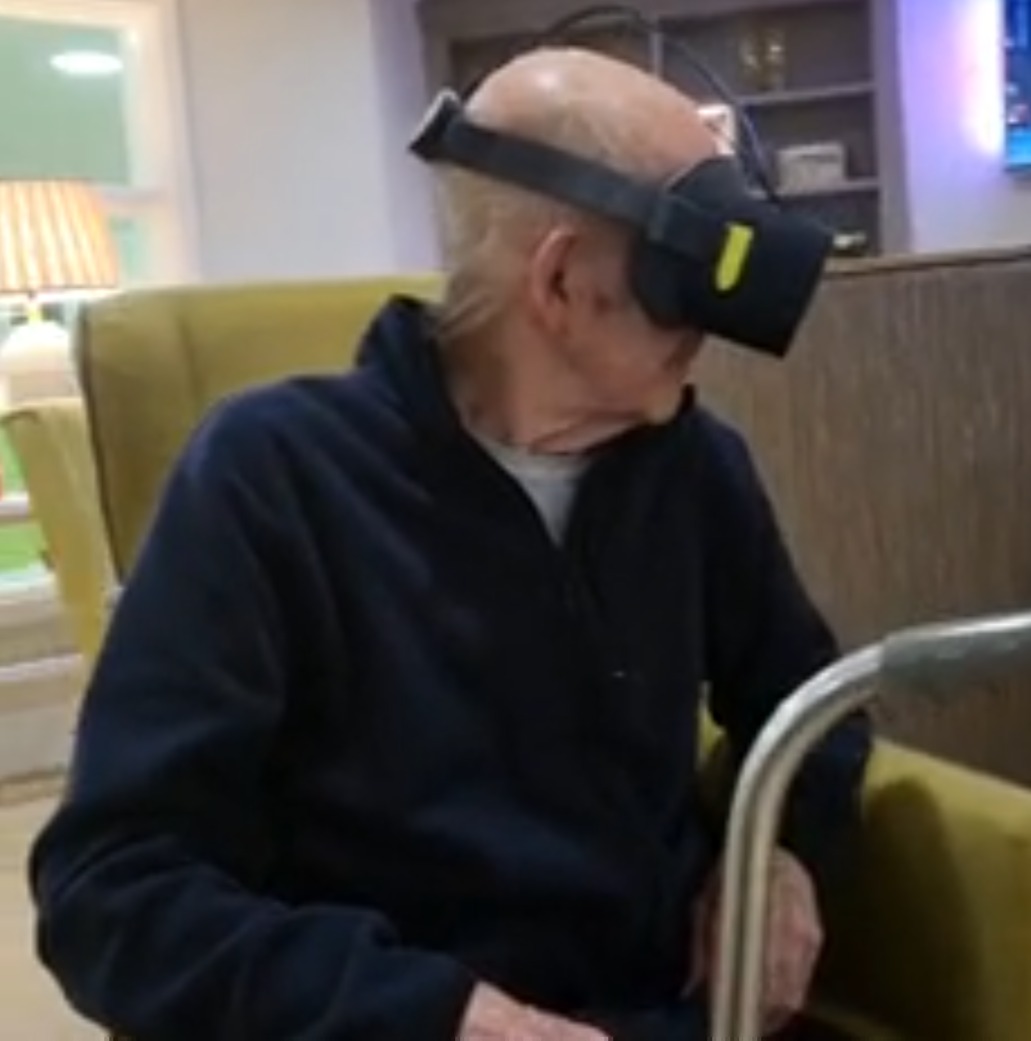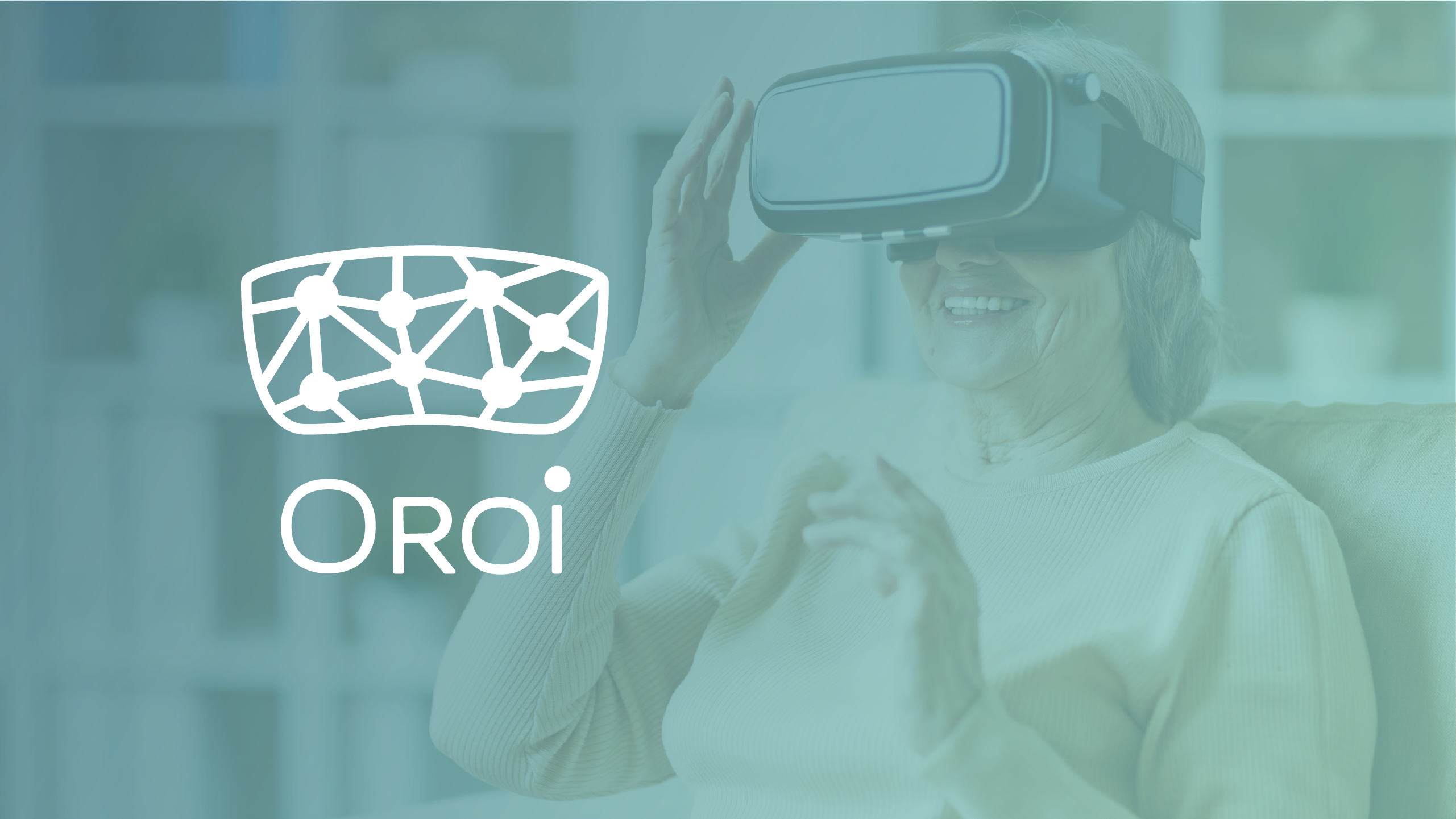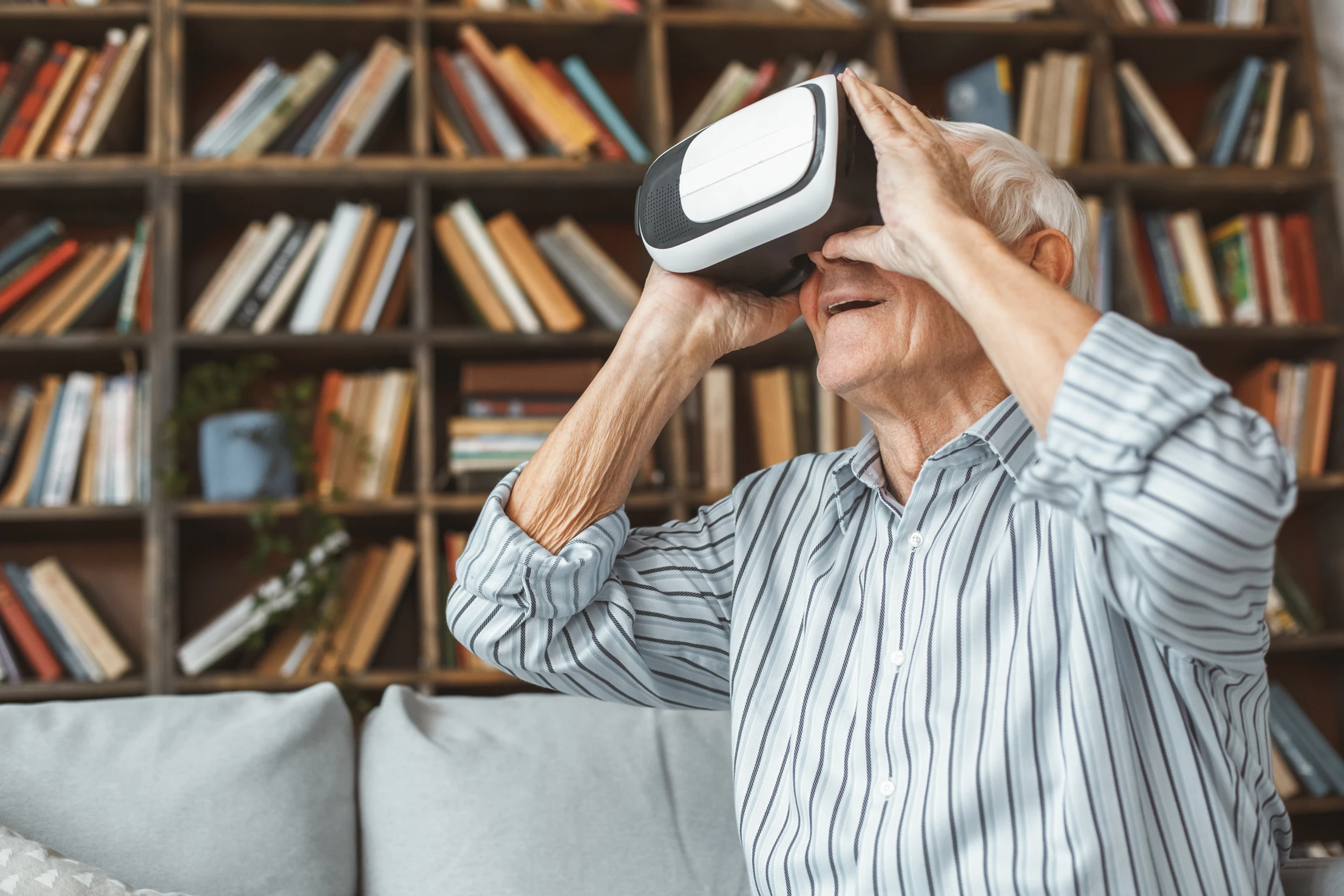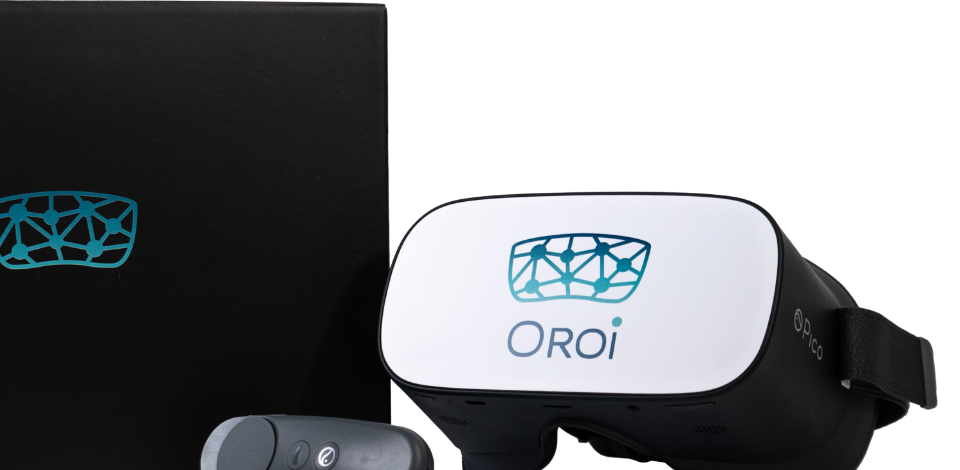News
Can we work on reminiscence through virtual reality?
Adriana Gómez - - 3 Min.
Memory is one of the most important cognitive functions in a person's life [1]. It is a cognitive process and a mechanism of adaptability to the environment, due to the fact that it helps human beings to remember experiences or learning that facilitate their interaction with the environment [2].

Can we work on reminiscence through virtual reality?
Given its long neuronal distribution, episodic memory is extremely vulnerable and its deterioration is the most important deficit in Alzheimer's disease, and also occurs in other diseases such as Huntington's disease, Parkinson's disease and psychiatric disorders such as schizophrenia, depression and dissociative disorders [1].
On the other hand, autobiographical memory is an essential component of memory and a process to be taken into account in reminiscence therapy. This therapy involves discussion of past activities, experiences with other people, usually with the use of photographs or other familiar objects from the past [3], such as personal photographs, familiar music or sounds, elements of their profession, etc. [4].
Proper access to autobiographical memories is related to the ability to cope with different problems based on previous experiences, as autobiographical memory allows recalling both positive events and conflicting elements, which helps to develop coping strategies aimed at improving adaptation to stressful events, or adapting to the new situation in a resilient way. Therefore, resolving such conflicts promotes more adaptive, more satisfying and more resilient ageing [5].
Strengthening autobiographical memories is also related to the maintenance of identity, maintenance of social relationships, and a feeling of personal growth, as well as a greater sense of autonomy [2,5].
Because of this, the need for reminiscence therapies among older people is evident, but can it be done through virtual reality?
Virtual reality gives us the sensation of being in the place we are seeing, which facilitates the evocation of memories [6], which, at the same time, could lead to a greater connection between the person and their past, which in turn helps to preserve and reinforce their personal identity.
It is precisely because of the feeling that virtual reality creates of "being in the place we are seeing" that it has been found to be particularly useful for working on reminiscence, while at the same time increasing the positive emotions of those who try it [7].
Thanks to virtual reality we can immerse people in cities they have lived in years ago, relive trades or go back to parks or mountains they used to go to and remember fondly. This experience helps them to recall those places and the anecdotes they have lived in each of them, as well as stimulating interaction and the transmission of memories between users.
Virtual reality glasses are, therefore, a tool that facilitates reminiscence therapy, both for users, due to the immersion they offer, and for therapists, who can have a wide range of experiences available at all times to use in their therapies.
References
1. Plancher, G., Piolino, P. (2017). Virtual reality for assessment of episodic memory in normal and pathological aging. Researchgate: 237-262.
2. Collazos, C.A. (2017). Memoria autobiográfica en un grupo de adultos mayores institucionalizados y no instituicionalizados de Cali, Colombia. Pontificia Universidad Javeriana Cali: Facultad de humanidades y ciencias sociales.
3. Chapoulie, E., Guerchouche, R., Petit, P.D., Chaurasia, G., Robert, P., Drettakis, G. (2014). Reminiscence therapy using image-based rendering in VR. IEEE Virtual reality: 45-50
4. Arroyo-Anlló, E., Poveda, J., Chamorro, J. (2012). Técnicas de rehabilitación neuropsicológica en demencias: hacia la ciber-rehabilitación neuropsicológica. Pensamiento psicológico 10(1): 17-127.
5. Redondo, R. (2017). Memoria autobiográfica, cambios cognitivos y regulación emocional en el envejecimiento: estudio comparativo entre personas sanas y con patología neurodegenerativa. Fundación Dialnet.
6. Benoit, M., Guerchouche, R., Petit, P.D., Chapoulie, E., Manera, V., Chaurasia, G., Drettakis, G., Robert, P. (2015). Is it possible to use highly realistic virtual reality in the elderly? A feasibility study with image-based rendering. Neuropsychiatric disease and treatment 11: 557-563. doi: https://dx.doi.org/10.2147/NDT.S73179
7. Guillén, V., Botella, V., Baños, R. (2017). Psicología clínica positiva y tecnologías positivas. Papeles del psicólogo 38(1): 19-25. doi: https://doi.org/10.23923/pap.psicol2017.2817


News
Retired ship engineer Ian rekindles his love of the sea during a virtual reality tour with Oroi

News
VR Elderly care Company, OROI, Appoints Linda Hypky as Marketing and Sales Manager in Germany

News
Its use started with computer games and is now an important part of the medicine and care sector- VR





